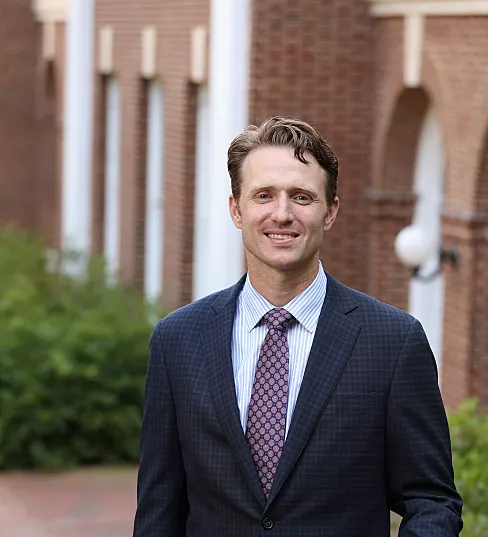About
In public corporations, owners and lenders invest capital in the expectation of economic returns, while professional managers are responsible for the strategic decisions that yield economic returns and impact various stakeholders. Strategic leaders are the top management teams that formulate and implement strategies to create firm value. Governance refers to the monitoring and incentive mechanisms that align the interests of managers with those of the suppliers of capital. Strategic leadership is shaped by the demographic characteristics and behavioral biases of top management teams and by the discretion afforded by a firm’s characteristics and external environmental context. Governance mechanisms include the incentives and monitoring provided by shareholders and lenders, the boards of directors; executive selection, succession, and compensation; and the market for corporate control. More generally, all organizations, private and public, for-profit and nonprofit, small and large, need strategic leaders that shape strategy, and governance mechanisms that monitor and incentivize strategic leaders. Strategic leadership and governance shape and is shaped by firm strategy and performance in various institutional contexts and regulatory regimes.
Topic Areas of Research
We welcome work from a variety of theoretical disciplines that address questions relating to strategic leadership and governance. Likely research questions include:
- How does strategic leadership and governance in shaping strategy and performance? To what extent are firms’ reflections of their top management, boards, and owners?
- How does the firm’s performance, strategy, and external context shape strategic leadership and governance?
- How does strategic leadership and governance shape ethical and socially responsible behavior?
- What are the reciprocal relationships between strategic leadership and governance and stakeholders?
- What are the contextual factors that shape these relationships?
- How do these relationships change over time?
- What are the differences between the various governance mechanisms such as ownership structure, debt structure, board of directors composition and leadership, incentive pay, executive succession, the market for corporate control, private equity, and institutional context?
- What are the influences of various top management teams and individual characteristics such as cognition, personality, education, etc.?
- How do different institutional logics influence governance practices? How do global corporations manage to align their governance with different expectations and standards across countries?
- How do the TMT’s network relationships impact the firm and its relationships, and vice versa?
- What can we learn from research on non-public firms (family firms, private firms, government organizations, co-ops, partnerships, etc.)?
- Which methods and theoretical lenses should be applied to leadership and governance research?
- What can we learn from applying theoretical lenses such as agency theory, transaction cost, economics, game theory, stakeholder theory, social identity theory, and stewardship theory to leadership and governance research?
Articles and Resources for this IG&C
Connect with IG&Cs in
Member Circle
Group Leadership Details

Matthew Semadeni

Amanda Cowen

Ann Mooney Murphy
REPRESENTATIVES AT LARGE

M.K. Chin

Ilaria Orlandi

Xiwei Yi

John Busenbark

Jeffery Lovelace

Seemantini Pathak

Shuping Li
APPOINTED OFFICERS
